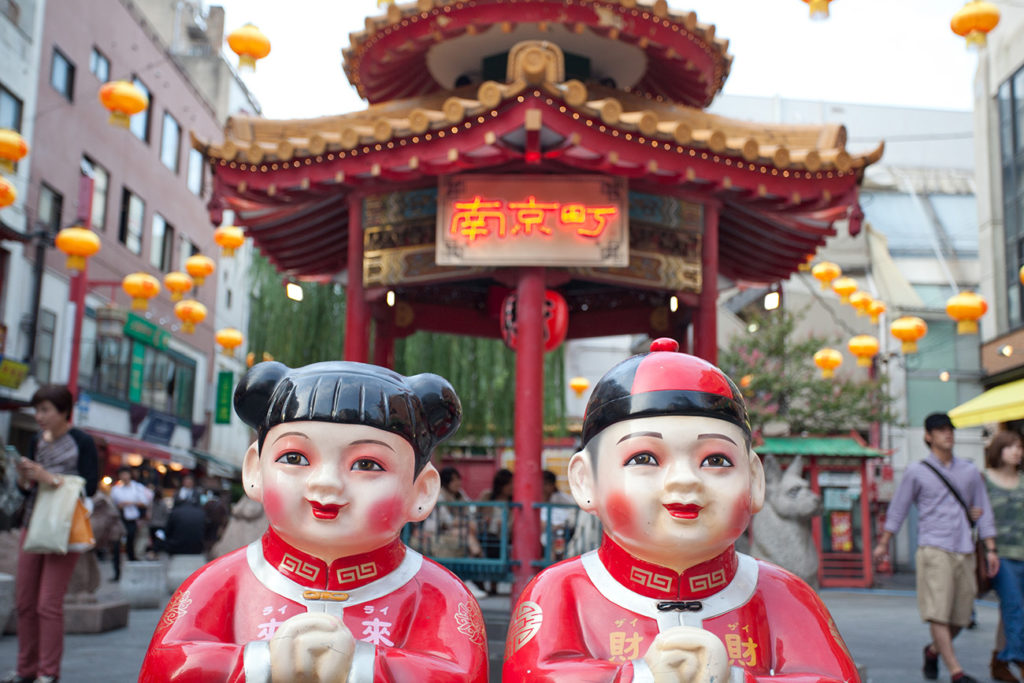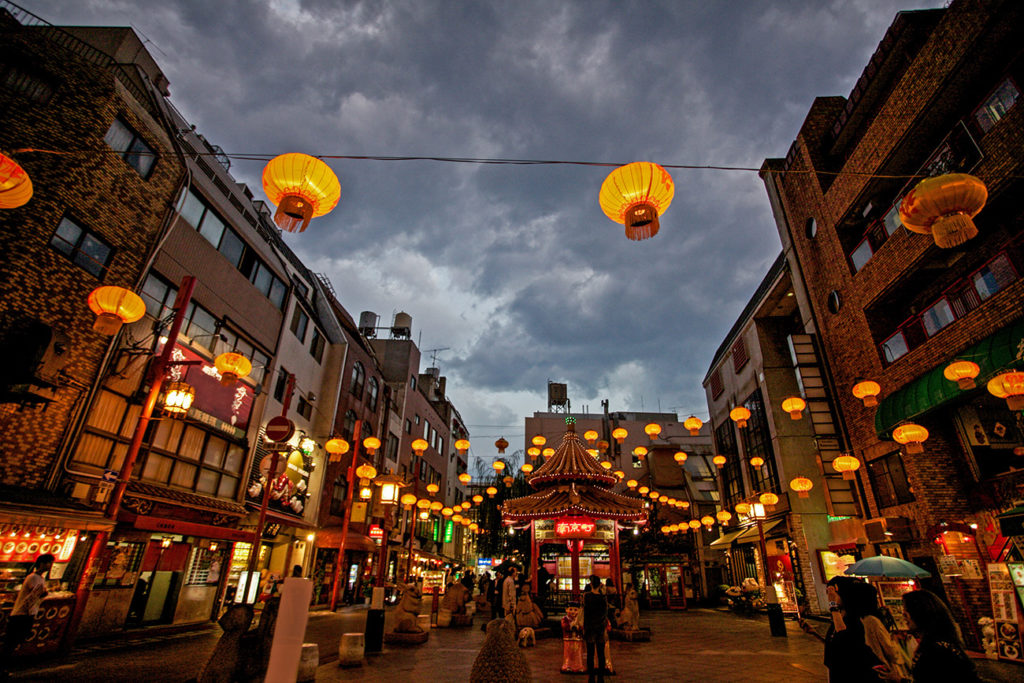
Japan Travelogue Series: Yokohama Chinatown
Yokohama Chinatown in Yokohama, south of Tokyo has about 160 years of history. It has a population of some 3,000 to 4,000 with very few Chinese left mostly from Guangzhou. Yokohama Chinatown is the largest Chinatown in Japan, larger than Kobe Chinatown and Nagasaki Chinatown.
The Yokohama seaport opened in 1859 with many Chinese arriving to Japan and forming settlements in the area. Ferry services from Yokohama going to Shanghai and Hong Kong were made available for easy transport, allowing Chinese traders to flourish in Japan. A Chinese school, community center, and many other types of facilities rose as Yokohama Chinatown thrived as Japanese government regulations restricted the immigrants only in Chinatown. In 1899, new laws allowed them more freedom of movement.
The Great Kanto Earthquake of 1923 devastated the area and around 100,000 people were killed while about 1.9 million others became homeless. Chinatown also suffered and many chose to return to China. In 1937, a war between China and Japan broke out halting any further growth of Chinatown. Afterwards, Chinatown began to rebuild with a goodwill gate erected in 1955 officially recognizing Chinatown as Yokohama Chinatown or Yokohama Chukagai.

